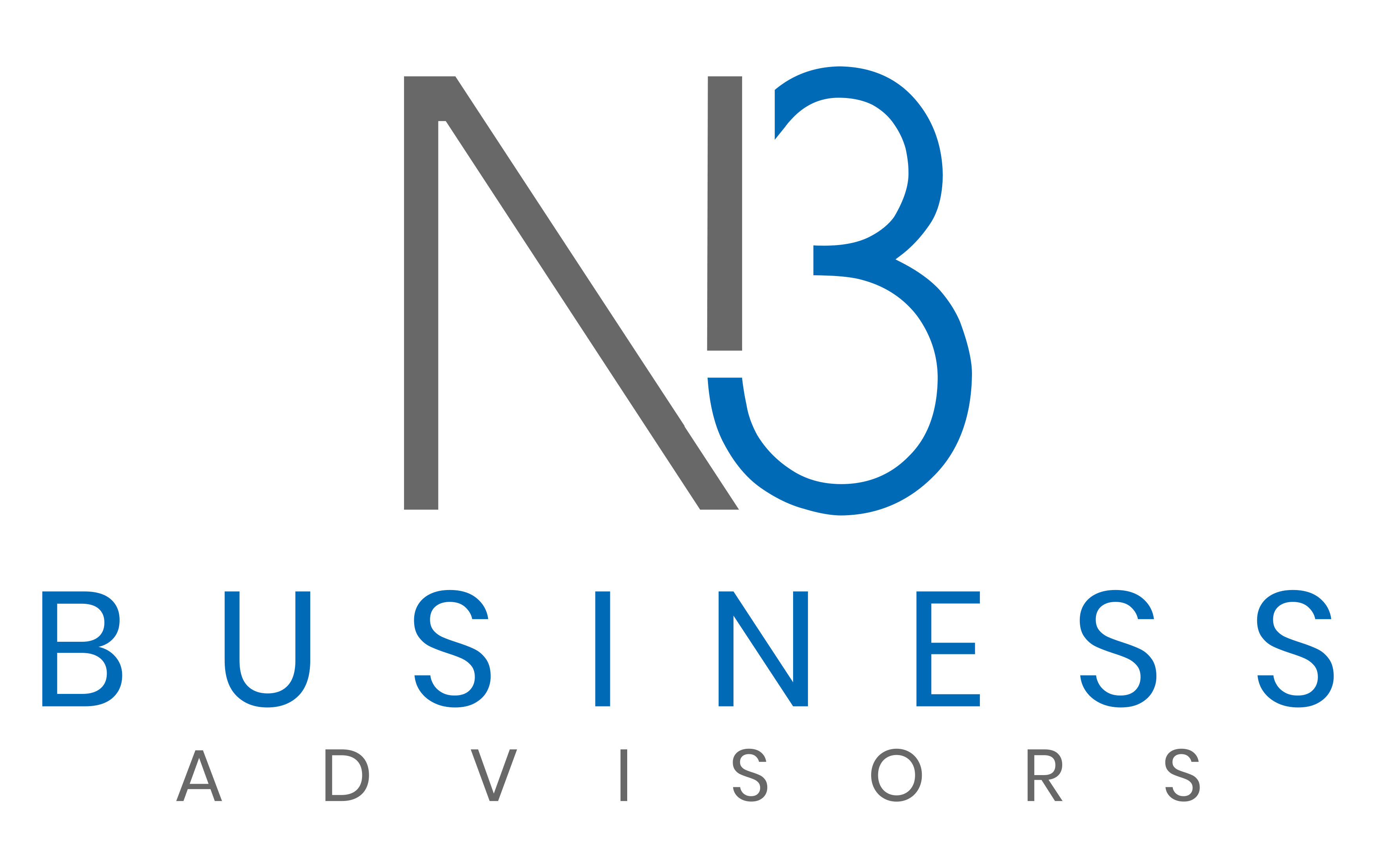Hey, Nitin Khanna here!
If you’re running a landscaping business in Canada, you know that snow removal is a big part of staying operational during the colder months. Winter brings unique challenges, but it also opens up opportunities for additional revenue. So today, I’m going to dive into how you can manage snow removal effectively as part of your landscaping services.
As we go through this, remember, adding snow removal to your portfolio isn’t just about owning the right equipment. It’s about creating a strategic plan that helps you manage labor, handle client expectations, and keep your business profitable during the winter season. Let’s get into it!
The Importance of Snow Removal for Landscaping Companies
Canada’s winters can be brutal, and snow removal is a necessity for many residential and commercial properties. But why should a landscaping company dive into snow removal?
- Year-Round Revenue: Landscaping is often a seasonal business, but offering snow removal helps you maintain cash flow during the off-season.
- Client Retention: When you offer comprehensive services, including snow removal, clients are more likely to stay with you year-round instead of switching providers for winter-specific needs.
- Brand Authority: Expanding your services positions your company as a one-stop solution for property maintenance, which builds trust and loyalty with your clients.
I’ve actually written a blog on What are the Best Practices for Managing Client Expectations in Landscaping?, and many of those principles apply to snow removal too. You’ll want to communicate clearly and consistently with your clients about what to expect when the snow starts falling.
Step 1: Assess the Equipment You Need
Before jumping into snow removal, take stock of the equipment you have and what you’ll need. Snow removal requires specific tools depending on the type of jobs you’ll handle.
Types of Equipment
- Snow Plows: Essential for large areas like parking lots or driveways. These can be mounted on trucks or tractors.
- Snow Blowers: Ideal for smaller spaces, such as sidewalks and pathways.
- Salt Spreaders: To deal with icy conditions, salt or other de-icing agents are critical for keeping surfaces safe.
- Shovels: Yes, manual labor still has its place for tight spaces or smaller properties.
Leasing vs. Buying Equipment
One of the most common questions I get asked is whether to lease or buy snow removal equipment. Here’s a quick guide:
- Buying: If snow removal will be a core part of your business, buying may be a better long-term investment. The upfront cost is high, but it pays off over time.
- Leasing: If you’re unsure about how much snow removal you’ll take on or if you’re testing the waters, leasing equipment can give you flexibility without the large capital investment.
Step 2: Plan Your Workforce
Once you’ve sorted out your equipment, it’s time to plan your workforce. Snow removal can be unpredictable—you could have a quiet week or get hit with multiple storms back-to-back.
Seasonal Employees vs. Full-Time Staff
For snow removal, many landscaping companies rely on a mix of full-time staff and seasonal workers. Here’s how to balance that:
- Full-Time Staff: These are your core employees who already know the ins and outs of your company. Keep them engaged year-round by including them in snow removal operations.
- Seasonal Workers: Bring in additional staff during the winter season to handle the increased workload. Make sure they’re well-trained and understand your company’s expectations.
Scheduling and On-Call Systems
Snow doesn’t fall on a 9-to-5 schedule, so having an on-call system is crucial. You’ll need to implement a schedule that allows for quick mobilization, often in the middle of the night.
- Rotating Shifts: Create a rotating schedule so that your crew is not always on-call, reducing burnout.
- Overtime Pay: Be clear with your team about compensation for overtime or unscheduled shifts. Snowstorms can be unpredictable, and you’ll need to reward your staff accordingly.
Step 3: Develop a Snow Removal Contract
This is a big one. When you start offering snow removal, having a well-drafted contract is essential. Not only does it protect your business, but it also manages client expectations.
What to Include in Your Contract
- Scope of Services: Be clear about what’s included in your snow removal services. Does it cover just snow plowing, or are you also salting and clearing walkways?
- Response Time: Specify when clients can expect service. For example, “We will begin snow removal within 4 hours of snowfall reaching 2 inches.”
- Payment Terms: Is it a flat seasonal fee, or do you charge per snow event? Either way, make sure it’s clearly outlined.
- Liability: Include clauses about liability, especially when it comes to slip-and-fall incidents. This protects you in case of accidents after the job is done.
Step 4: Manage Client Expectations
If you’re managing snow removal for both residential and commercial clients, communication is key to keeping everyone happy.
Set Realistic Expectations
- Real-Time Updates: Use email, text alerts, or even apps to inform clients of your expected arrival time and any delays. This transparency helps reduce frustration, especially during large storms.
- Define Snowfall Thresholds: Specify at what point you’ll begin clearing snow (e.g., after 2 inches have fallen). Some clients might expect you to show up as soon as they see a flake, so set those expectations early!
Step 5: Implement a Route Optimization Strategy
For snow removal, time is money. The more efficient your routes, the more properties you can serve.
Invest in Route Planning Software
There are several software options available to help you optimize your snow removal routes. This software can:
- Reduce Travel Time: Minimize the distance between jobs to save on fuel and time.
- Prioritize High-Value Clients: Organize your routes to hit your most critical clients first, such as hospitals or businesses that need to be operational as soon as possible.
Step 6: Be Prepared for the Worst-Case Scenario
Canada’s winters can be unpredictable. To avoid any unpleasant surprises, prepare your business for worst-case scenarios.
Emergency Backup Plans
- Backup Equipment: Have a backup plan for when equipment fails. Whether it’s a second snow plow or a quick rental agreement, make sure you’re not caught off guard.
- Alternative Labor: Have a list of part-time workers you can call if your primary team is overwhelmed.
- Stockpile Supplies: Make sure you have enough salt, de-icer, and fuel on hand for those heavy storms.
Step 7: Market Your Snow Removal Services
Finally, once you have your snow removal operations in place, it’s time to market them! Use the slower months in the fall to start reaching out to potential clients.
How to Promote Your Services
- Social Media: Post photos of your team in action, and use trending hashtags like #SnowRemovalCanada and #WinterMaintenance to reach a broader audience.
- Email Campaigns: Send out email reminders to your existing clients about your snow removal services. You can offer early sign-up discounts to get them on board before the snow starts falling.
- Partnerships: Partner with other local businesses, like property management companies or real estate agents, to refer snow removal clients your way.
Final Thoughts
Running a landscaping business in Canada means adapting to the seasons, and snow removal is a fantastic way to ensure you’re generating revenue year-round. By being proactive, planning your equipment and workforce, and setting clear expectations with your clients, you’ll be well on your way to running a successful snow removal operation.
And if you’re looking for more ways to grow your business or need guidance on how to scale, feel free to reach out to N3 Business Advisors. We’re here to help you navigate the unique challenges of the Canadian landscaping and snow removal industries.
Disclaimer:
Any information provided here is for informational purposes only. It should not be considered as legal, accounting, or tax advice. Prior to making any decisions, it’s the responsibility of the reader to consult their accountant and lawyer. N3 Business Advisors and its representatives disclaim any responsibilities for actions taken by the reader without appropriate professional consultation.

